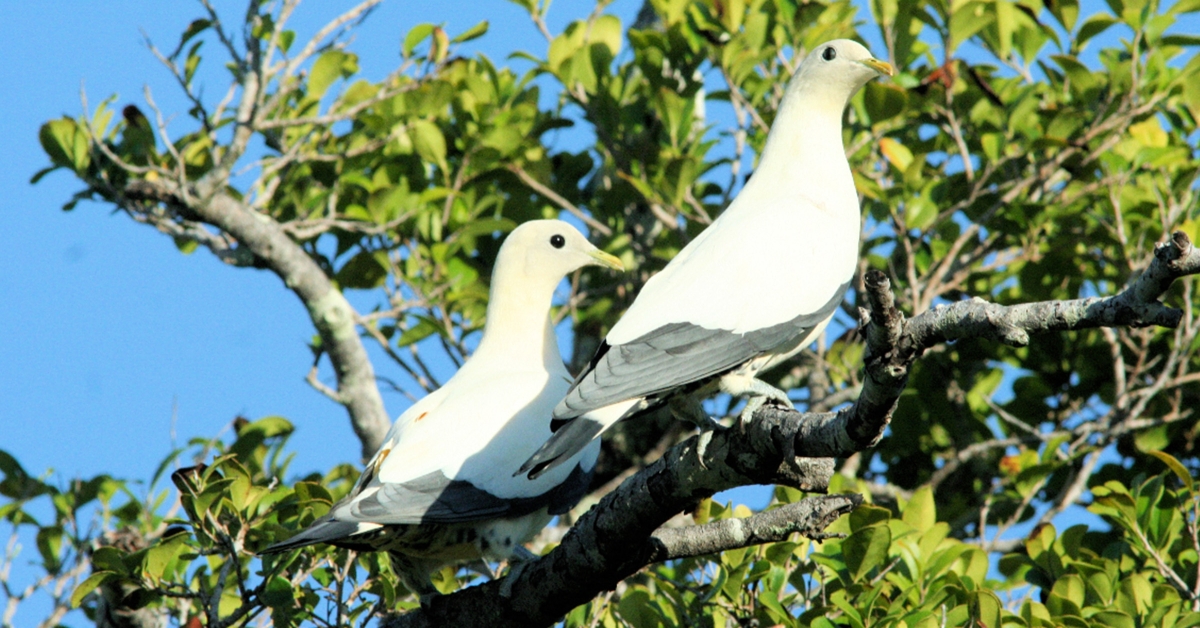A new study led by researchers at the Johns Hopkins Bloomberg School of Public Health reveals how genetic changes in the parasite responsible for one of the world’s most common sexually transmitted infections may have helped it adapt to human hosts.
The parasite Trichomonas vaginalis is thought to be the result of adaptation to human hosts by Trichomonas parasites that lived in birds sometime in the past several thousand years. Previously, little was known about how the parasite made the jump from birds to humans.
For their study, the researchers performed what is thought to be the most extensive genomic comparison of T. vaginalis and other Trichomonas species to date and identified T. vaginalis genes that were likely involved in the switch.
The findings offer a robust dataset for further study, and help researchers start thinking about vulnerabilities in the parasite that future treatments might exploit. The drug metronidazole is currently the first-line treatment for trich infections, but some strains of the parasite are resistant to it. No vaccine is available.
The results were published online July 24 in Nature Communications.
“There is a strong interest these days in learning how microorganisms jump successfully from birds to humans, and these findings shed light on genes and biological mechanisms that are important for that adaptation in parasites like T. vaginalis,” says study senior author Jane Carlton, PhD, Bloomberg Distinguished Professor at the Bloomberg School.
T. vaginalis infection, also called trichomoniasis or “trich,” affects hundreds of millions of people around the world. In the U.S., trich is considered one of the most prevalent non-viral sexually transmitted infections. Although many trich infections go unnoticed, they can cause itching, discharge, and inflammation in the vagina and urethra.
Trich infection can also enhance the transmission of other pathogens including HIV. Studies have linked trich infections to higher risks of infertility, prostate cancer, cervical cancer, and adverse pregnancy outcomes including low-weight babies.
Research suggests that Trichomonas parasites originated in Australasia and may have begun jumping from pigeons and doves to humans after the human colonization of the Americas. In the past two decades, researchers have found that T. vaginalis is closely related to a different species, Trichomonas stableri, that infects the GI tract of pigeons and doves.
“Traditionally, humans and birds have bathed in the same places, so that may have been one route of transmission,” Carlton says. “Also, some of our human ancestors used bird gullets as condoms, which may have offered a more direct route.”
In the new study, Carlton and her team sequenced the full genomes of seven different Trichomonas parasite species. These included T. vaginalis; T. tenax, which can colonize the human mouth; and pigeon-infecting T. stableri.
The researchers’ analysis revealed dozens of T. vaginalis genes that appear to be changing over time in ways that suggest adaptation to the human host. Carlton and her colleagues note that these genes have been associated in prior studies with several key parasite functions: “phagocytosis,” in which the parasite essentially eats cells in its host, in part to gain nutrients, and “exosomes”—tiny capsules, secreted by T. vaginalis, that are filled with various molecules capable of affecting surrounding tissues. Some of these genes were already considered “virulence factors” that help T. vaginalis establish infection or cause disease.
The researchers also examined segments in Trichomonas genomes known as transposable elements that often move to a new genomic position or create copies of themselves at new positions. Trichomonas species have relatively large numbers of these “jumping genes,” and T. vaginalis has by far the most—they make up about half of its genome length.
The scientists’ analysis suggests that the expansion of these mobile elements in human-infecting Trichomonas species likely reflects an increase in genetic drift—causing a relaxation of evolutionary selection pressures—in the new human host environment.
“Studying how these elements move, what they disrupt, and how T. vaginalis clamps down on them should be broadly useful for understanding their biology,” says Carlton, who also directs the Johns Hopkins Malaria Research Institute at the Bloomberg School. “We also need to find chinks in the parasite’s armor so we can develop better ways of treating trich—though I don’t think we’ll ever manage to eliminate it completely, as long as people are having sex.”
“Comparative Genomics of the Parasite Trichomonas vaginalis Reveals Genes Involved in Spillover from Birds to Humans” was written by Steven A. Sullivan, Jordan C. Orosco, Francisco Callejas-Hernández, Frances Blow, Hayan Lee, T. Rhyker Ranallo-Benavidez, Andrew Peters, Shane R. Raidal, Yvette A. Girard, Christine K. Johnson, Krysta H. Rogers, Richard Gerhold, Hayley Mangelson, Ivan Liachko, Harsh Srivastava, Chris Chandler, Daniel Berenberg, Richard A. Bonneau, Po-Jung Huang, Yuan-Ming Yeh, Chi-Ching Lee, Hsuan Liu, Ting-Wen Chen, Petrus Tang, Cheng-Hsun Chiu, Michael C. Schatz, and Jane M. Carlton.
The study was supported by the National Institute of Allergy and Infectious Diseases of the National Institutes of Health (R21AI149449 and U24AI183870); the NYU IT High Performance Computing (resources, services, and staff expertise); Chang Gung Memorial Hospital (CMRPD1M0571-2) and the National Science and Technology Council, Taiwan (NSTC–110–2320B–182–016–MY3) Taiwan; and the Australian Government Wildlife Exotic Disease Preparedness Program.
# # #
Media contacts: Ana Coyne acoyne4@jh.edu or Kris Henry khenry39@jhu.edu
